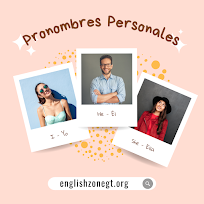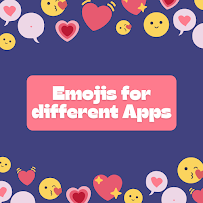
There are a number of reasons for intermediate and high-intermediate students to learn in through content, one is that many students at this level have clear ideas of how they want to use their English skills. Some are focused on academics, others on business or careers.
Content instruction can provide topics and vocabulary valuable to these students. Also, students at this level have typically spent several years focused on learning the grammar and functions of English. A content focus, that is, "learning information through English" can be a useful and refreshing change of pace.
To be effective, content-based instruction needs to balance the language-learning needs of the students with data presented. To do so, you can use the 3D AP model which is: Diversity of tasks, Diversity of topics, Depth learning, Activation and use of the learner's previous knowledge, and Progression of the syllabus.
Diversity of tasks
Outside of the language classroom, learners need to listen in a variety of ways, depending on their purpose. At times, they need to listen for specific information. In other cases, they need simply to catch the gist of a conversation. At other times, students must infer meaning, take notes, follow instructions or give personal opinions/evaluations. Instead of relying on a few activity types.
Diversity of topics
Provide a wide range of topics that are likely to interest most students as there aren't many educational programs that can group students by interest. Even the most academically focused learner will, at times, need to use English outside of their majors or specialties, so that try to use even unusual situations, topics to create interest.
Depth of learning
Include as many activities as possible to learn a topic better, use related vocabulary, culture notes about different places where students can expand the topic by asking in pairs or small groups. The main point here is that you and your learners can provide, activate, and generate new information and ideas.
Activation and use of the learner's previous knowledge
Learners come to class with a great deal of knowledge as well as natural curiosity to learn more. It's a mistake not to make specific use of that knowledge so that try always to make "Warming up tasks" to ask students to think about what they already know about the topic. Their answers come from their life-knowledge and are in the form of vocabulary and structures useful in discussing the topic.
Progression of syllabus
It is not enough, of course, for the students to learn data about a topic. to achieve real student progress, there are needs to be a flow from narrow activation/reception to more open, task-based outcomes.
Activation: Schema activation (starting with known information and/or learner questions)
Input: Input through listening tasks with ascending difficulty. Included in identifying the level of difficulty is (a) complexity of language in the text, (b) task difficulty, and (c) how abstract/concrete the task is.
Product: Goal (the completion of the listening tasks which lead to a production task)
The combination of these five elements teaches more than the content itself, it uses the content to expand the learners' skills. They become active listeners.
Helgesen, M., Brown, S. & Smith, D. (1996) Active Listening - Expanding - Understanding through content



